The Design of Education Spaces
The ongoing pandemic has been a disruption to the everyday routines of billions around the world, as due to being confined to their households, the separation between work and rest has become extremely blurry, with people forced to rethink and reconfigure the layout of their personal spaces. Conversations have abounded on how to create flexible working spaces in a home environment, and if offices themselves are an outdated model that we should leave behind. A missing part of that conversation, however, is the impact that the pandemic has had on children, specifically primary-school level children, on their education – as inequalities are emphasized, some children learning with slow internet connection speeds, or struggling to have the space required to adequately complete educational activities.
With early-education schools playing a vital part in the social and emotional development of children, the design of their interior spaces are just as important as the design of the exterior itself, as a majority of time being spent learning inside the building. As architects in a post-pandemic world go on to design early educational buildings, apt attention should be paid to the interior design of the educational spaces – which have a psychological impact on how a child learns. The following are selected interior design features on what makes a calming, welcoming, and dynamic educational space, with corresponding architectural projects selected which contain those features.
High Ceilings
The Children’s School by Salas Arquitectura + Diseño in Cariñena, Spain, contains high ceilings which in turn are also able to bring in a lot of natural light. Rooms with high ceilings enable learners to pay more attention and facilitate a better learning environment than with enclosed spaces – which can increase the stress hormone.
Closeness to nature
Studies show that incorporating plants in the classroom improves the grades of middle school students – and makes students and staff feel more comfortable, regardless of their age. O-office Architects’ Hongling Experimental Primary School contains greenery interspersed within its campus, providing for a welcome presence of nature amidst the interior design of the building.
Natural Light
A Pattern Language, the seminal book by Emeritus Profesor of Architecture at UC Berkeley, Christopher Alexander – mentions the fact that low light levels in classrooms affected students’ ability to regulate the body’s natural cycle of sleep and arousal. The Community Primary School for Girls in Keheme, Sierra Leone, designed by Orkidstudio, achieves this with the presence of large openings in the wall coupled with the presence of a raised roof, which in addition to providing ventilation also allows the classrooms to be light-filled, inviting spaces.
Flexibility
As with coworking spaces, students also benefit from open, fluid classroom layouts. The ability to move furniture around and create spaces that accommodate different types of learning provides a flexible environment to suit the needs of various students at various times. Lan-Tian Elementary School by Studio In2 contains a curved wall that provides the dual function of both privacy for the interior side and book storage on the exterior side of the room. The Hongling Experimental Primary School, mentioned earlier, contains drum-shaped plans which allow for multiple configurations of the classrooms.
Written by Matthew Maganga architecture student at the University of Kent
Source: ArchDaily

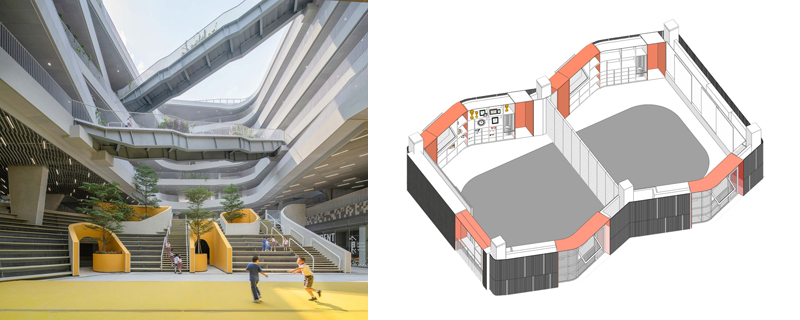
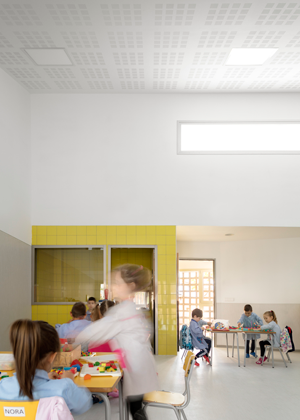
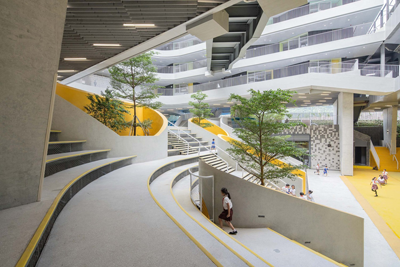
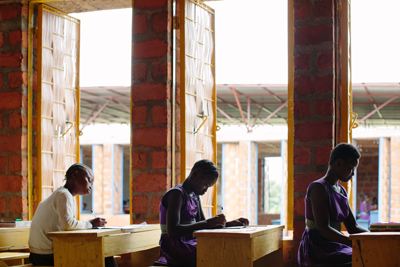
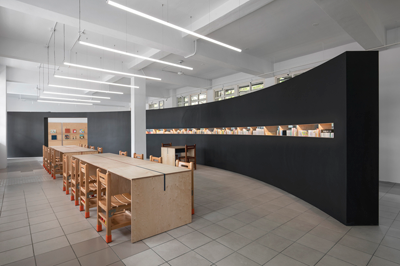

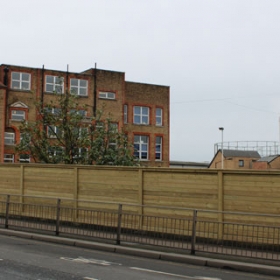
Leave a Reply
Want to join the discussion?Feel free to contribute!